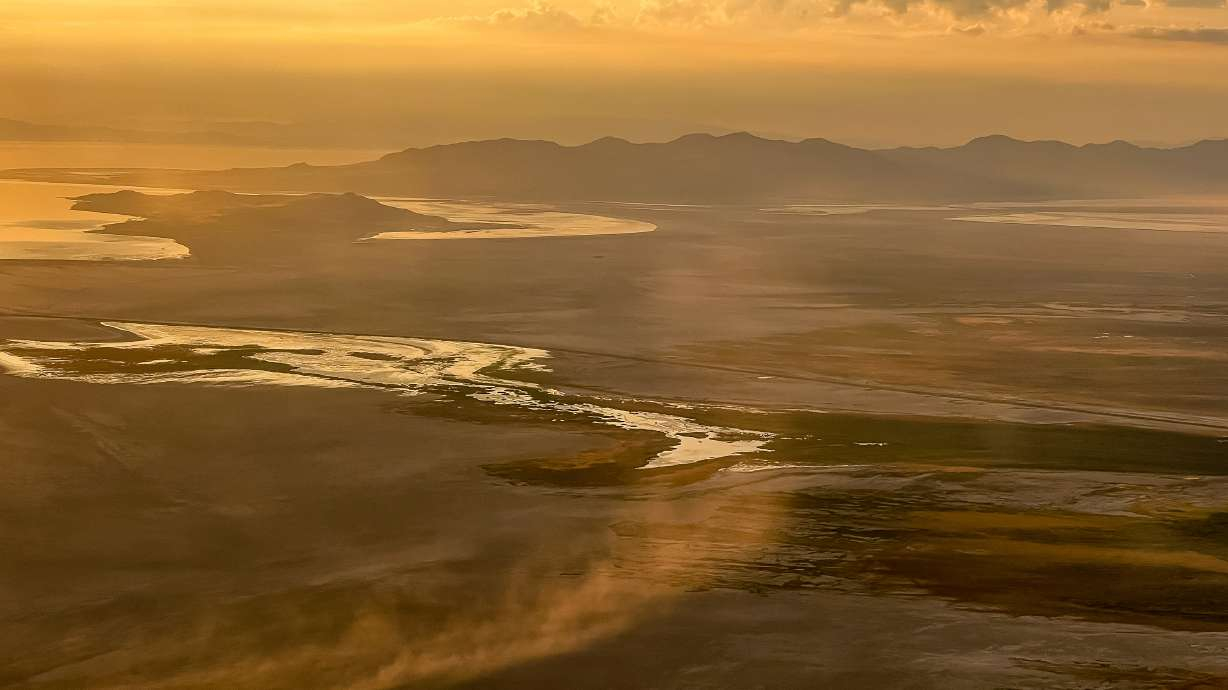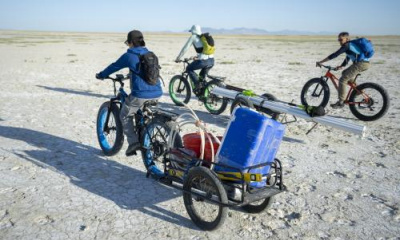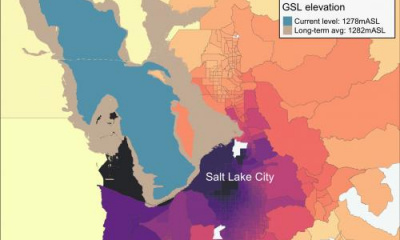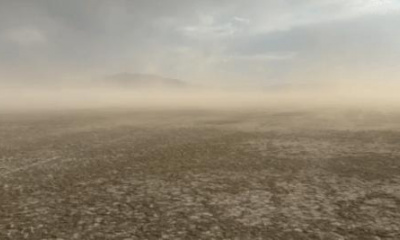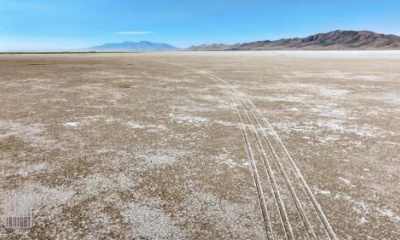SALT LAKE CITY — The Great Salt Lake's demise over the past two decades has opened up new concerns over dust from its drying lakebed in recent years.
However, the state office tasked with handling Great Salt Lake issues has identified initial ways to handle this "urgent" dust situation as the lake remains below its healthy levels. The Great Salt Lake Commission's Office on Monday unveiled its first eight "priorities" for researching and managing dust coming from the lakebed.
The outlined strategies, which are to be carried out in coordination with three Utah agencies over the next few years, include new ways of researching and monitoring dust "hot spots" as well as testing "cost-effective mitigation measures" while still getting more water to the lake.
8 Great Salt Lake dust 'priorities'
Utah Division of Air Quality
- Utilize quarterly dust meetings to provide feedback on studies and implementation including monitoring plans and modeling in coordination with the Great Salt Lake Commission's Office. (Fiscal year 2025)
- Invest in an improved monitoring network for dust including both particulate matter and filter monitors. (Fiscal year 2026)
- Develop models to help characterize and differentiate dust from the Great Salt Lake and other sources — West Desert, Sevier Dry Lake and gravel pits, for example — including spatial distribution and impact of the dust. (Fiscal year 2026)
Utah Division of Forestry, Fire and State Lands
- Invest in additional research into surface crust dynamics, dust-associated contaminants and dust hot spots. (Fiscal year 2026)
- Leverage and invest in remote sensing to be able to estimate and monitor crust and hot spot development. Also identify areas for and monitor the effectiveness of mitigation. (Fiscal year 2026)
Utah Division of Water Resources
- Develop a better understanding of the health implications of the Great Salt Lake dust and identify potential at-risk populations. (Fiscal year 2025)
- Develop real-time public education tools in coordination with the Great Salt Lake Commission's Office. (Fiscal year 2025)
- Identify and test cost-effective mitigation measures while working to secure enough water to get the lake to the healthy, target range of 4,198 feet elevation. Utah land managers would also work on ways to fund pilot projects. (Fiscal years 2025-2026)
The priorities were crafted from feedback collected from the Great Salt Lake Dust Forum in May, where dozens of university researchers and state agency experts convened to discuss the issue, according to Tim Davis, Utah's Great Salt Lake deputy commissioner. The forum focused on both the state's current dust management strategies on top of the latest research, including information gaps and ways the issue could be studied further.
From there, Davis said the office determined ways where Utah agencies could take more action or build on what already exists. Some of the items were already included in the Great Salt Lake Basin Integrated Plan but others could be funding opportunities in the 2026 fiscal year, which begins in July 2025.
"The Great Salt Lake Dust Forum was both informative and insightful as we learned from one another about what research is currently being done and what research we still need to undertake when it comes to Great Salt Lake dust," he said.
The Great Salt Lake's southern arm has fallen to 4,193.9 feet elevation since peaking at 4,195.2 feet — its highest point in five years — at the end of this year's snowpack runoff. Its dropoff since early June was expected as part of the lake's normal water cycle. Its northern arm is listed at 4,192 feet elevation as the gap between the two arms slowly narrows.
Experts list 4,198 feet elevation as the minimum "healthy level" for the lake. Anything lower than that can cause problems for the lake's ecosystem, and dust that ends up in communities near the lake. A recent University of Utah study found that minority communities face higher risks of high lakebed dust concentrations largely because of housing locations.
Some of the listed priorities would help efforts to determine groups that are most at risk for dust pollution, but it could also address other issues Utah researchers have brought up in recent months.
For example, experts believe the lake generates about 15 dust events every year, but there is no extensive monitoring system to definitively know when dust comes from the lake. Models that the Utah Division of Air Quality is tasked with putting together could also help researchers determine what role the lake has in dust coming into Utah.
The priorities also note that efforts to get water to the Great Salt Lake remain a priority, as experts have also determined that getting water to the lake is the easiest and cheapest way to mitigate dust. The Utah Office of the Legislative Auditor General estimated last year that it would cost at least $1.5 billion to mitigate dust if the lake went dry.
Davis said these types of issues were discussed during the May forum and the priorities created after it are just the beginning.
"There are a lot of people working on the lake, including studying dust, so it's vital we work together on these complex topics," he said. "The priorities that came out of the forum will help guide research and management of dust in the future."

